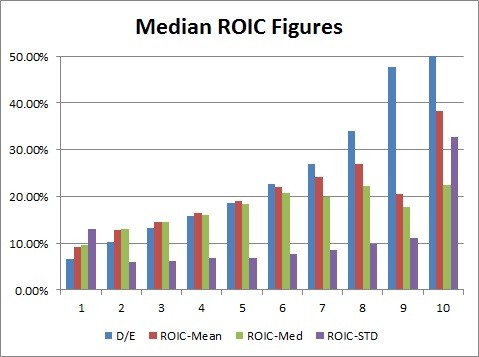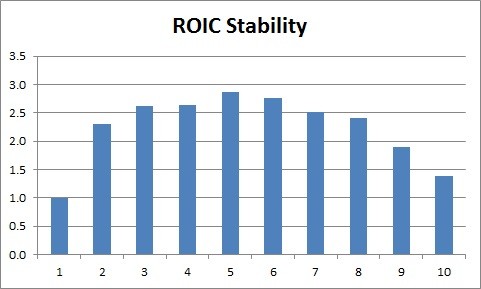Visa Fundamental Analysis WACC Cost of Equity and Cost of Debt $V
Post on: 11 Июнь, 2015 No Comment

In the article below I will analyze Visa Inc.s (NYSE:V ) Cost of Debt, Cost of Equity, tax rate and WACC.
Cost of Debt
The cost of debt is the effective rate that a company pays on its total debt.
As a company acquires debt through various bonds, loans and other forms of debt, the cost of debt is a useful metric. It gives an idea as to the overall rate being paid by the company to use debt financing. This measure is also useful because it gives investors an idea as to the riskiness of the company compared with others. For the investor, the higher the cost of debt, the higher the risk.
8. Cost of debt (before tax) = Corporate Bond rate of companys bond rating.
- S&P rated Visa A
- Current 20 year corporate bond Rate of A = 4.94%
- Cost of debt = 4.94%
9. Current tax rate
- 2013 TTM = 23.01%
2013 TTM Visa has averaged tax rate of 23.01%
10. Cost of Debt (After Tax) = (Cost of Debt Before Tax) (1 Tax Rate)
The effective rate that a company pays on its current debt after tax.
- .0494 x (1 .2301) = Cost of debt after tax
The cost of debt after tax for Visa is 3.80%

Cost of Equity or R Equity = Risk Free Rate + Beta Equity (Average Market Return Risk Free Rate)
The cost of equity is the return a firm theoretically pays to its equity investors (for example, shareholders) to compensate for the risk they undertake by investing in their company.
- Risk Free Rate = U.S. 10-year bond = 2.96% (Bloomberg )
- Average Market Return 1950 2012 = 7%
- Beta = (Google Finance ) Starbucks Beta = 0.66
Risk Free Rate + Beta Equity (Average Market Return Risk Free Rate)
- 2.96 + 0.66 (7- 2.96)
- 2.96 + 0.66 x 4.04
- 2.96 + 2.66 = 5.63%
Currently, Visa has a Cost of Equity or R Equity of 5.63% so investors should expect to get a return of 5.63% per-year average over the long term on their investment to compensate for the risk they undertake by investing in this company.
(Please note that this is the CAPM approach to finding the cost of equity. Inherently, there are some flaws with this approach and that the numbers are very general. This approach is based off of the S&P average return from 1950 2013 at 7%, the U.S. 10-year bond for the risk-free rate, which is susceptible to daily change and Google Finance beta. )
Weighted Average Cost of Capital or WACC
The WACC calculation is a calculation of a companys cost of capital in which each category of capital is equally weighted. All capital sources such as common stock, preferred stock, bonds and all other long-term debt are included in this calculation.
As the WACC of a firm increases, along with the beta and rate of return on equity, this is an indicator of a decrease in valuation and a higher risk. By taking the weighted average, we can see how much interest the company has to pay for every dollar it finances. For this calculation, you will need to know the following listed below:
Tax Rate = 23.01%
Cost of Debt (before tax) or R debt = 4.94%
Cost of Equity or R equity = 5.63%
Debt (Total Liabilities) for 2012 or D = $8.282 billion
Stock Price = $185.79 (Sept, 7th 2013)
Outstanding Shares = 787.50 million
Equity = Stock price x Outstanding Shares or E = $146.24 billion
Debt + Equity or D+E = $154.52 billion
WACC = R = (1 Tax Rate) x R debt (D/D+E) + R equity (E/D+E)














